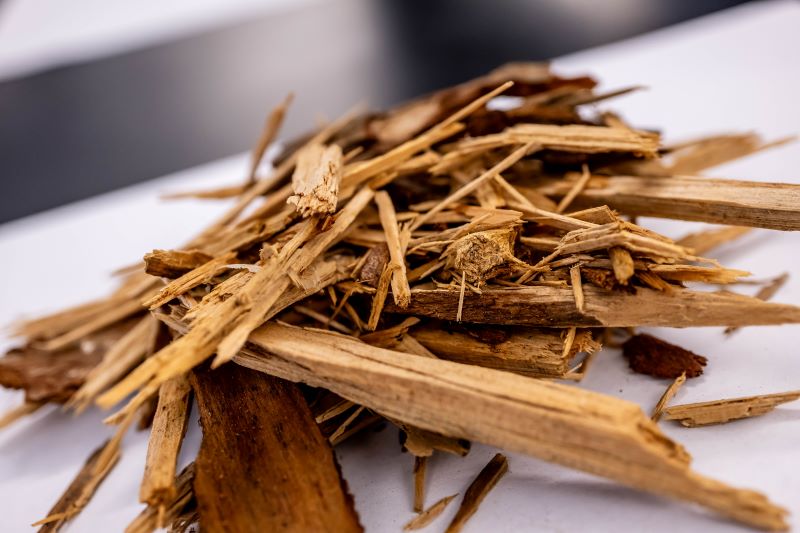All-in-one PFAS destruction works at low light levels

Special Catalyst and Carbon Filters

Engineers at the University of British Columbia (UBC) have developed a high-speed, all-in-one, catch and destroy solution for treating Per- and polyfluoroalkyl substances (PFAS) that has the potential to work with low levels of UV light.
The two-step solution uses adsorption to trap PFAS chemicals on an activated carbon filter containing a special catalyst. The research was supported by an NSERC (Natural Sciences and Engineering Research Council) Discovery grant, offered by the Canadian government, and recently published in Springer Nature's Communications Engineering.
The catalyst, which can be produced from forest or farm waste, breaks 90 per cent of PFAS chemicals down into harmless components in as little as three hours. The solution is faster than many current and comparable offerings and potentially more economical and sustainable.
Dr Johan Foster, lead researcher and associate professor of chemical and biological engineering at UBC, told Aquatech Online: “The adsorption material we use degrades the PFAS into smaller molecules that are non-toxic and environmentally benign, such as fluorine. Since the material is made of carbon with iron oxides, it can be buried or disposed of at the end of its working life.”
Foster also mentioned that the process is fairly quick, depending on how much water is being treated, adding: “We can put huge volumes of water through this catalyst, and it will adsorb the PFAS and destroy it in a quick two-step process. Many existing solutions can only adsorb while others are designed to destroy the chemicals. Our catalyst system can do both, making it a long-term solution to the PFAS problem instead of just kicking the can down the road.”
No Light, No Problem for PFAS Destruction

The solution uses UV light to destroy the chemicals. However, according to the engineers, the solution consistently removed 85 per cent of perfluorooctanoic acid (PFOA) even under low light conditions.
Dr Raphaell Moreira, a professor at Universität Bremen who conducted the research while working at UBC, told media: “Our catalyst is not limited by ideal conditions. Its effectiveness under varying UV light intensities ensures its applicability in diverse settings, including regions with limited sunlight exposure.”
This extends the potential range and application of the solution, in terms of both geography and pollutants.
“While the initial experiments focused on PFAS compounds, the catalyst’s versatility suggests its potential for removing other types of persistent contaminants, offering a promising solution to the pressing issues of water pollution,” added Dr Moreira.
Potential Uses for the UBC PFAS Destruction Solution

The team believes the catalyst could be a low-cost, effective solution for a number of markets, from municipal water systems to specialized industrial projects, like waste stream cleanup.
Foster explained the next stages of the project: “We are scaling up the making of our carbon and iron oxide material, as part of our new spin-off company, ReAct Materials Inc, with the aim of delivering the first of our smaller units next year. This new material could replace existing granulated activated carbon (GAC) commonly used in wastewater plants and other treatment systems.”
He added: “Through our start-up, we are also making a home filtration unit that can be used in single or multiple homes.”


